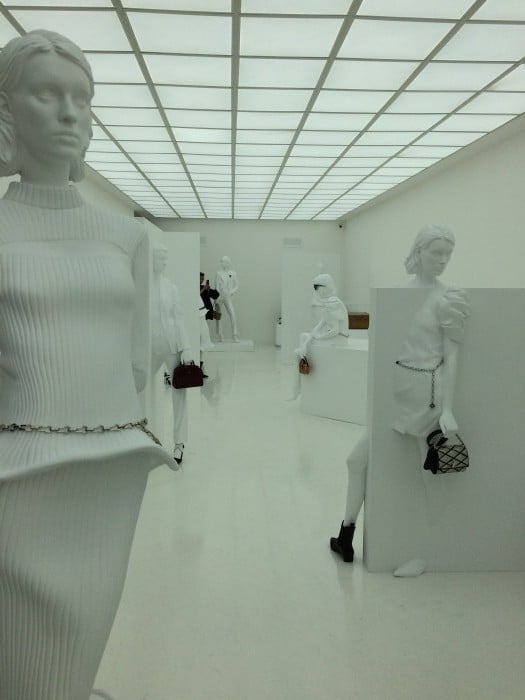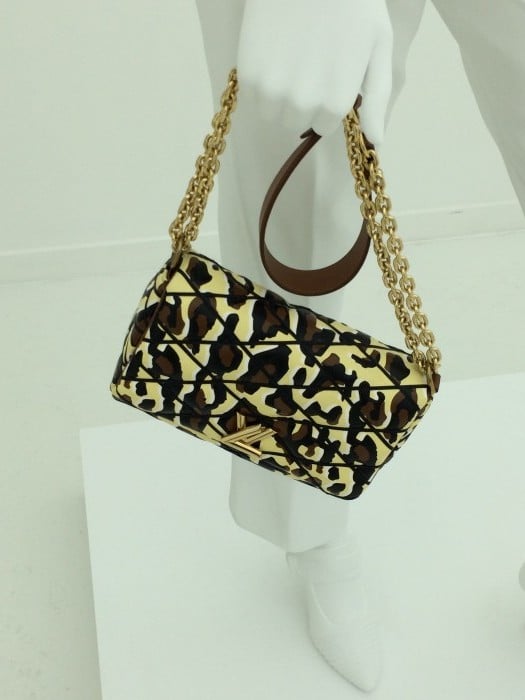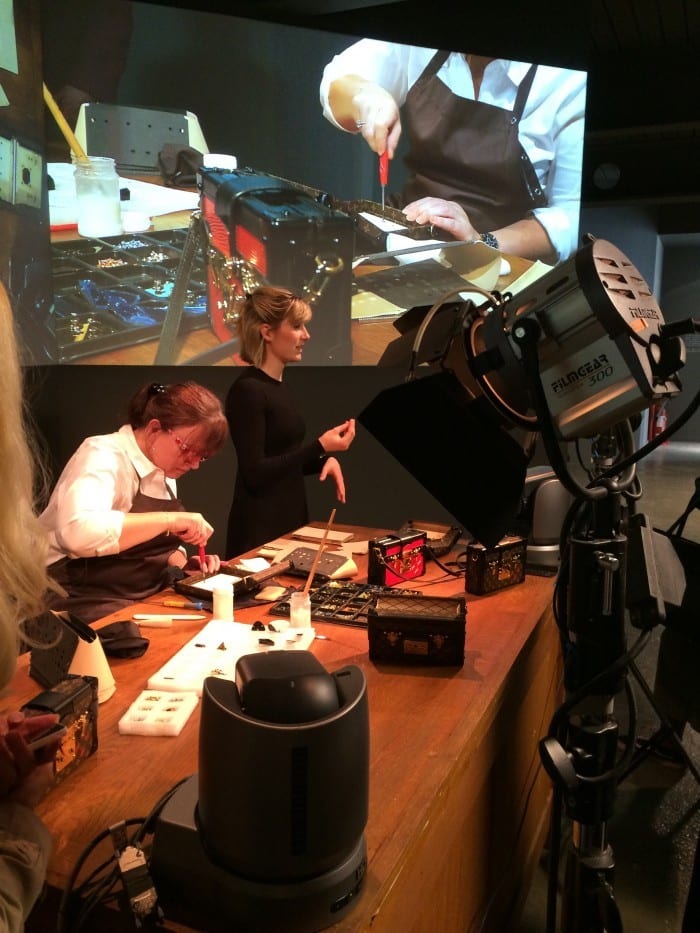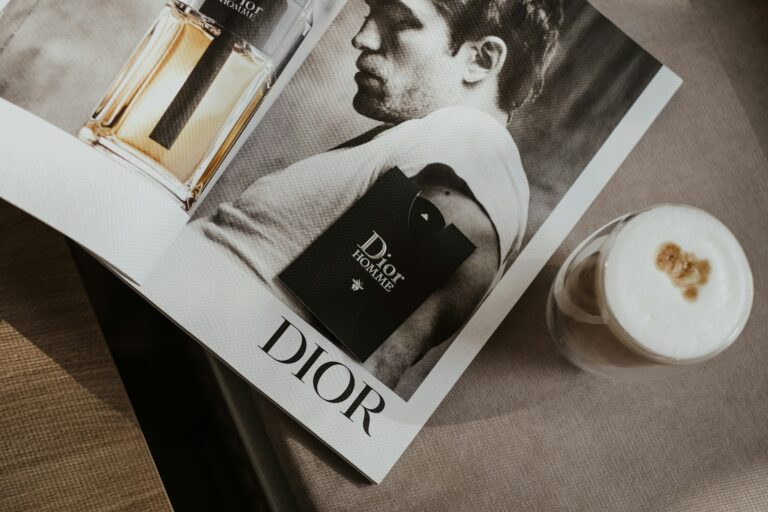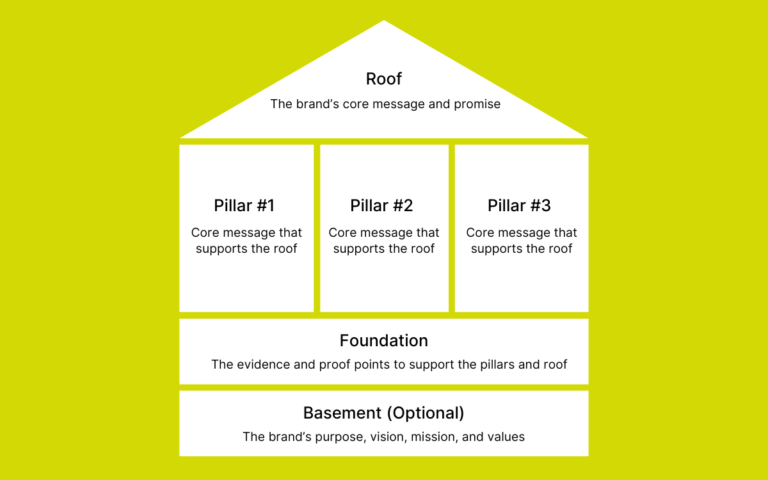We rely on digital technology for speed and convenience, but how do brands use this fact today to keep consumers with them longer? It’s a challenge that one fashion house in particular has successfully delivered against.
Louis Vuitton recently wowed me with one of the most spectacular exhibitions I have ever seen from a fashion house, using theatre design to immerse visitors in a completely unique experience of the brand.
Louis Vuitton’s exhibition in London
Louis Vuitton took over 180 Strand, a venue near Somerset House in London and invited the world to discover Artistic Director Nicolas Ghesquière’s 2015 collection.
Every room was a wonder. One boasted wall-to-wall video, another showed the whole catwalk collection on several enormous screens. The space designed to showcase accessories was so intensely, eye-cachingly bright that I was forced to don sunglasses (if Anna Wintour can do it, so can I). Statues emerged from the light, clutching stunning trunks and glittering chain belts. Another room focused more on the tangible, tantalisingly allowing its audience to imagine what owning an LV wardrobe would be like. Purposefully interactive, you could stroke the beading, smell the leather, turn the clutch clasp and lick the shoes – if you wanted to. I didn’t lick the shoes.
There was a laser room, a huge architectural room – there was something anyone with a pulse could engage with. I was particularly impressed with the live workshops – at two different stations, you could watch someone making a mini Louis Vuitton clutch – the detail was projected on the wall behind the action.
Thrifty cynic that I am, I kept waiting for the catch – “bet they’ll rinse me for a donation”, “bet there’ll be a gift shop”. There was a gift shop, but nothing like I expected. There was a huge wall of stickers – letters and representations of pieces from the collection. You got to choose two, for free, and they were handed over in a little branded plastic bag. You could own something from Louis Vuitton – it was yours and all you gave was your time. When I thought it couldn’t possibly get better, an extremely handsome man wandered over and asked if I’d like a free poster. Obviously this poster was amazing quality and gloriously foiled.
Before witnessing such wonders I expected very little when I booked my ticket. Why would one of the world’s biggest ever fashion brands lay on entertainment for us little people – and for free, no less?
But now purely digital brands are also beginning to realise the importance of physical presence and theatre – how can you expect to get a real sense of what makes a brand tick without interacting with the product and speaking to its ambassadors in person? That’s not to say that these shops should be filled with product – in today’s omni-channel world, brands that spread themselves widely and wisely take all.
Other brands that understood the relevance of retail theater:
Together with Louis Vuitton, Burberry obviously lead from the luxury brand guard, with their live-streamed fashion shows, sexy pop-up shops, bold digital store design, musical collaboration and general social prowess.
It isn’t only luxury brands that understand how theatre fits into the greater scheme of things. Collectif.co.uk began life in Camden Market – a small stall selling clothes with an alternative, vintage feel. At a recent GADM session their MD, John Alston, explained how their physical stores are now used more as bases for marketing activity, what he describes as ‘an immersive theatre experience.’ Collectif employs sales assistants who are true brand ambassadors – definitely the right step when it comes to attracting an engaged following. And there’s no need for advertising – the brand’s loyal customer base takes care of that, posting glamorous pictures on Facebook and Instagram. The Collectif website is soon to feature a semi-live, fully shoppable Instagram feed.
Theatre design is a trend StartJG first experienced in 2011 when creating the Virtual Footwear Wall for adidas. Connected Retail technology powered the whole experience, turning boutique shops into “shoe-topias” (according to FastCompany) allowing customers to view up to 8000 products on one immersive platform. That technology has since evolved. We’re now seeing it being used by brave brands such as Sephora, who last week launched its first holistic and completely connected retail experience.
So what exactly can we learn from brands that do retail well?
- Always welcome everyone
Whether they’re likely to become customers or not.
- Make it memorable
Customers deserve something special, so treat them to a real experience.
- Give them something to keep
Everyone loves a freebie and it will always remind them of you.
- Be sociable and open up new ways to engage
Be different – never be afraid to explore all relevant social channels.
- Make your customers brand ambassadors
When they love you, they’ll help you spread the word.




